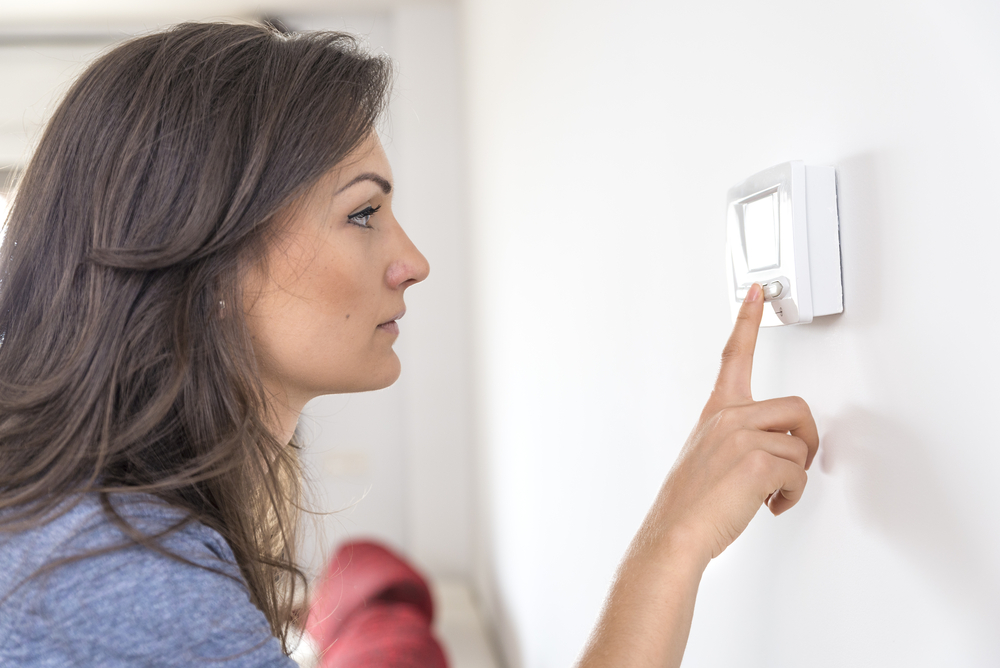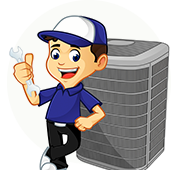
Do you understand the basics of how your HVAC system works? As a homeowner, it may benefit you to have this knowledge in order to better communicate with your HVAC contractor or technician, and also keep on top of your HVAC upkeep and climate control within your house.
There are several main components to the HVAC system in your home. If your house is always too hot or too cold, it is most often an issue with one of these that your HVAC professional will reference.
Furnace
A furnace can come in different sizes but more often than not, it’s pretty big and requires a sizable amount of space. Typically, your furnace will heat air before sending it throughout your home via piping or duct work. Depending on the type, your furnace may heat air using a heat pump, electrical resistance, combustion, or even solar energy.
Evaporator Coil
When it’s hot outside, you’ll want to make sure your coil has been properly cleaned by a professional HVAC contractor. When it comes time to crank up the AC, this is what cools down the air before it is distributed throughout the house.
Condensing Unit
You’ll find this part of your HVAC system on the outside of the house. The condensing unit is filled with refrigerant gas, that when cooled and in liquid form, is pumped into the evaporator coil so it can do its job. In the process, it becomes gas once again.
Refrigerant Lines
The refrigerant is able to make its way into the condensing unit via these lines, where it can turn into liquid and then move on to the evaporator coil.
Vents
If you know of nothing else, you likely know about the vents in your home where cool and warm air is pushed into the home. The warm or cold air travels through the duct work and through angle slats that are typically found in the ceiling, but in some homes is found on the floor. It is important to make sure you are not blocking vents with furniture, rugs, toys or any other clutter.
Thermostat
Another more obvious component of your HVAC system is the thermostat, which you use to control the temperature of your home. When it gets too hot or too cold based on what setting you have programmed, your HVAC system will automatically turn on or off. It is important not to place lamps or anything that could potentially emit heat near the thermostat, as this can interfere with its accuracy. Today’s thermostats offer many smart settings, and can even be controlled remotely using a smartphone.
When we visit residential homes for troubleshooting an issue, we try to explain the issue thoroughly to the homeowner to explain why certain services or parts are necessary to get the HVAC sytem running as it should. The more familiar you are with these terms, the more sense this assessment will make!
If you are looking for a Raleigh HVAC contractor to service your home, be sure to contact us to see how we can help.

